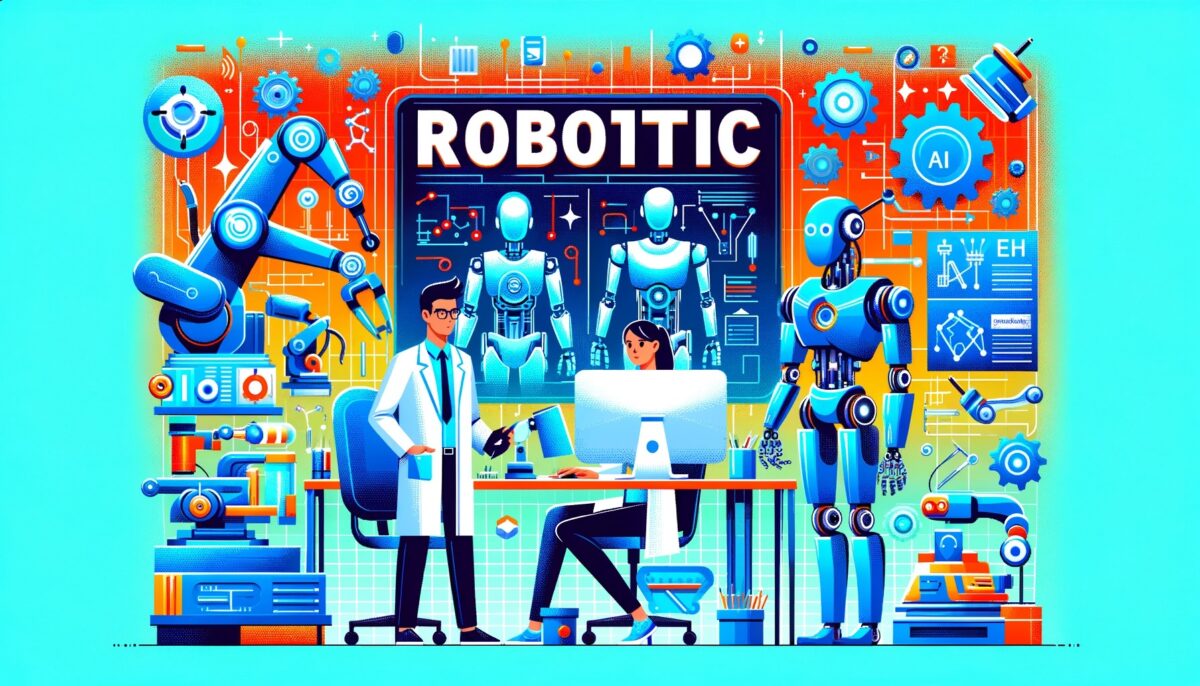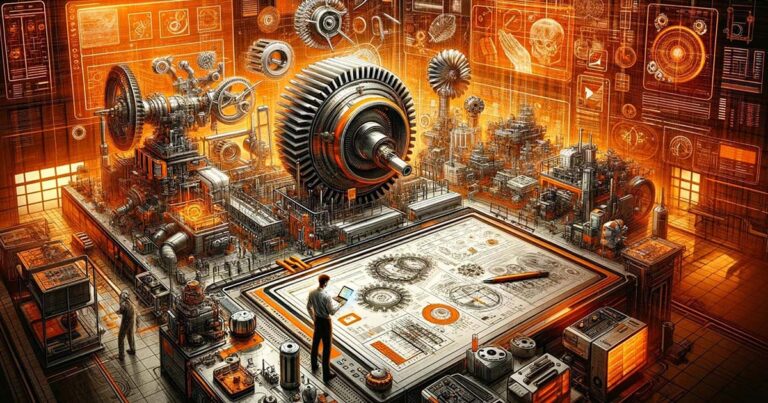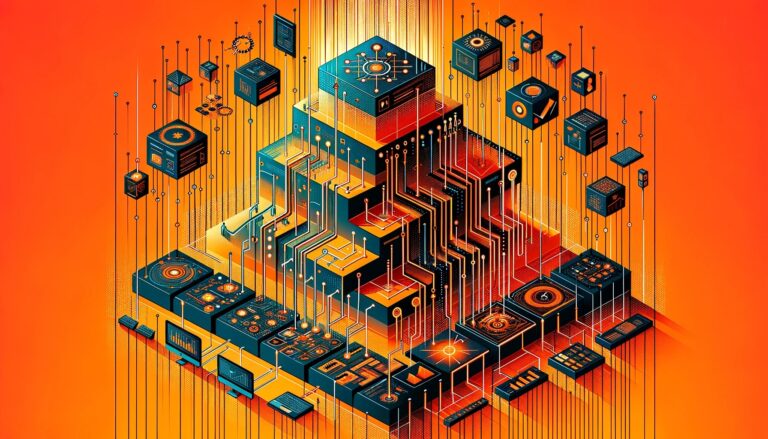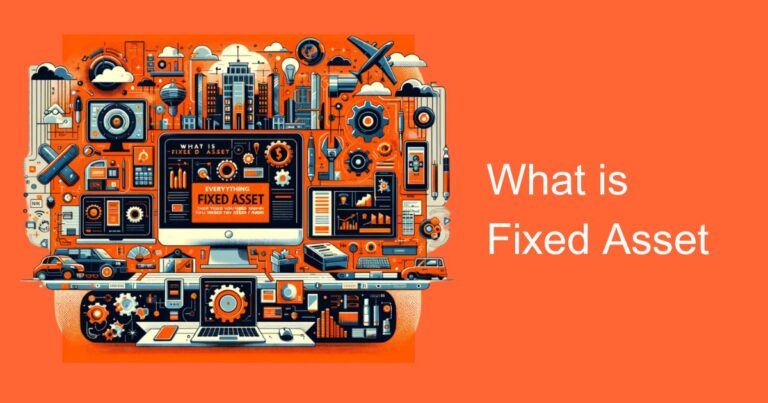Introduction
Robotics, a field once confined to the realms of science fiction, has become an integral part of modern industry and daily life. From manufacturing to healthcare, and agriculture to services, robotics is revolutionizing the way tasks are performed, enhancing efficiency, precision, and safety. In India, this technological evolution is gaining momentum, driven by advancements in artificial intelligence (AI), machine learning (ML), and automation technologies. Let’s we delve into the what is robotics in India Context.
Understanding Robotics
Robotics is the interdisciplinary branch of engineering and science that includes mechanical engineering, electrical engineering, computer science, and others. It involves the design, construction, operation, and use of robots. These robots are programmable machines capable of carrying out a series of actions autonomously or semi-autonomously. The ultimate goal of robotics is to create machines that can assist humans in a variety of tasks, often in environments that are hazardous, repetitive, or beyond human capabilities.
The Importance of Robotics in India
In India, robotics is playing a critical role in transforming industries and improving productivity. Several factors contribute to the growing importance of robotics in the Indian context:
Industrial Automation:
With the rise of Industry 4.0, Indian manufacturing is increasingly adopting automation to enhance production efficiency and quality. Robotics is central to this transformation, enabling precision and consistency in manufacturing processes.
Labor Shortages and Safety:
In sectors like agriculture and construction, labor shortages and the need for improved safety standards are driving the adoption of robotics. Robots can perform tasks that are dangerous or labor-intensive, reducing the risk to human workers.
Healthcare Innovation:
Robotics is revolutionizing healthcare in India by assisting in surgeries, rehabilitation, and patient care. Robotic surgical systems, for example, offer minimally invasive procedures with greater precision and shorter recovery times.
Service Industry Evolution:
The service industry, including retail and hospitality, is leveraging robotics for tasks such as customer service, inventory management, and cleaning, improving efficiency and customer experiences.
Types of Robots
Robotics encompasses various types, each designed for specific applications:
Industrial Robots:
These robots are used in manufacturing and production settings. They perform tasks such as welding, painting, assembly, and material handling with high precision and speed.
Service Robots:
Designed to assist humans in non-manufacturing environments, service robots perform tasks like cleaning, customer service, and delivery. They are commonly used in households, hospitals, and retail.
Medical Robots:
These robots assist in medical procedures and patient care. Examples include surgical robots, rehabilitation robots, and diagnostic robots.
Agricultural Robots:
Also known as agrobots, these robots are used in farming for tasks such as planting, harvesting, and monitoring crop health.
Exploration Robots:
Used for exploring environments that are hazardous or inaccessible to humans, such as space, deep sea, and disaster sites.
Applications of Robotics in India
Robotics finds application across various sectors in India, driving innovation and operational efficiency:
Manufacturing:
Robotics is enhancing productivity and quality in Indian manufacturing, from automotive to electronics industries. Automation of assembly lines, quality inspection, and material handling are key applications.
Healthcare:
Robotic-assisted surgeries, automated diagnostic systems, and patient care robots are improving healthcare delivery and outcomes. For example, robots like the da Vinci Surgical System are enabling minimally invasive surgeries with high precision.
Agriculture:
With the advent of precision farming, agricultural robots are helping Indian farmers optimize crop yields and reduce labor costs. Drones and automated tractors are being used for planting, monitoring, and harvesting crops.
Retail and Services:
Robots are being deployed in retail for inventory management, customer assistance, and store maintenance. In hospitality, service robots are enhancing guest experiences by performing tasks such as room service delivery and cleaning.
Education and Research:
Robotics is being integrated into educational curricula to foster innovation and skill development. Research institutions in India are also leveraging robotics for advanced studies in AI, ML, and automation.
Challenges and Opportunities
While robotics offers immense potential, it also presents challenges:
High Initial Costs:
The cost of acquiring and implementing robotic systems can be high, posing a barrier for small and medium-sized enterprises (SMEs).
Skill Gaps:
There is a need for a skilled workforce capable of developing, operating, and maintaining robotic systems. Addressing this skill gap through education and training is crucial.
Regulatory and Ethical Issues:
The deployment of robots raises regulatory and ethical questions, particularly in terms of safety, job displacement, and data privacy.
Despite these challenges, the opportunities presented by robotics in India are significant. The government’s push towards digitalization and initiatives like Make in India and Skill India are creating a conducive environment for the growth of robotics.
Future Outlook
The future of robotics in India is promising, with advancements in AI and ML set to further enhance the capabilities of robots. The integration of these technologies will enable robots to learn from data, adapt to new situations, and perform increasingly complex tasks.
Additionally, collaborations between academia, industry, and government are expected to drive innovation and accelerate the adoption of robotics across sectors. Investments in research and development, coupled with supportive policies, will be key to harnessing the full potential of robotics in India.
Conclusion
Robotics is not just a technological trend but a transformative force shaping the future of industries and societies. In India, the adoption of robotics is driving efficiency, innovation, and economic growth. As businesses and institutions continue to embrace this technology, the demand for skilled professionals and advanced robotic solutions will rise, paving the way for a more automated and efficient future. Understanding the nuances of robotics and its applications is crucial for leveraging its benefits. By investing in education, research, and infrastructure, India can position itself as a leader in the global robotics landscape, driving progress and prosperity in the digital age.








